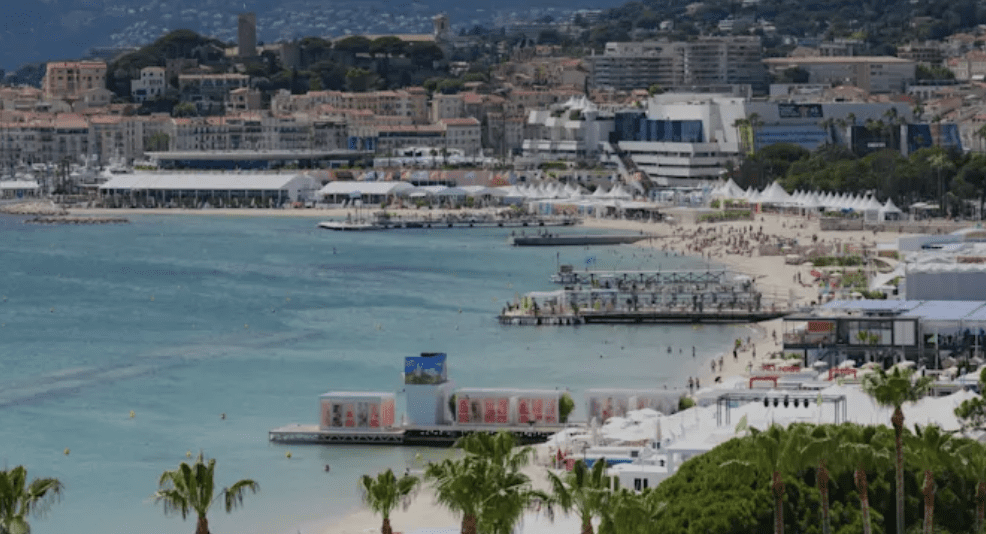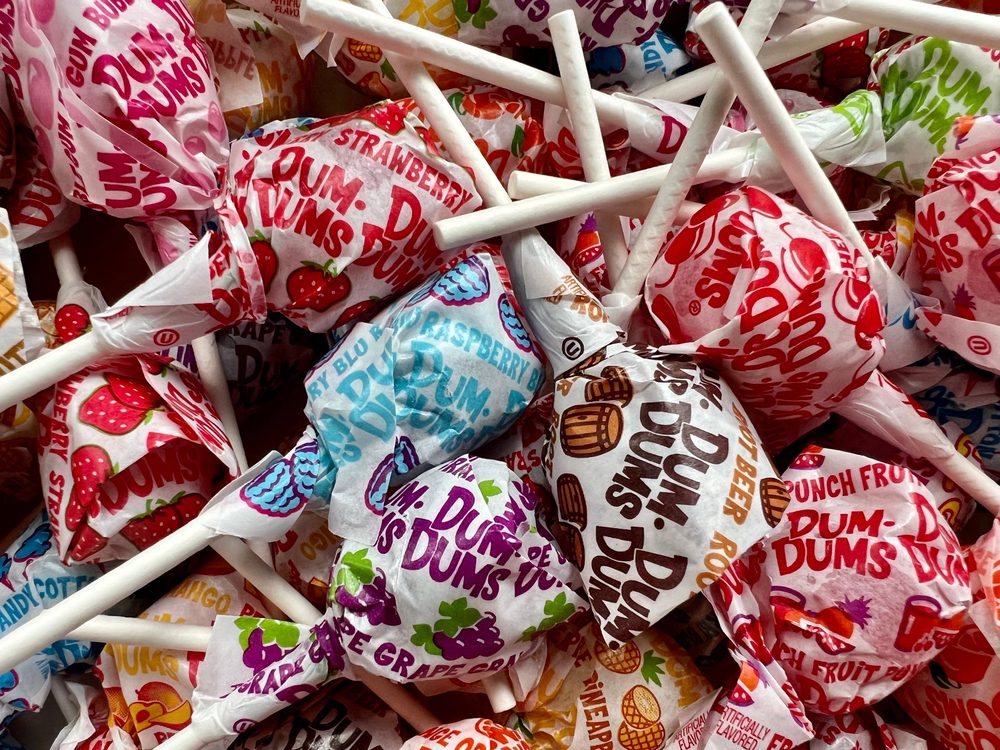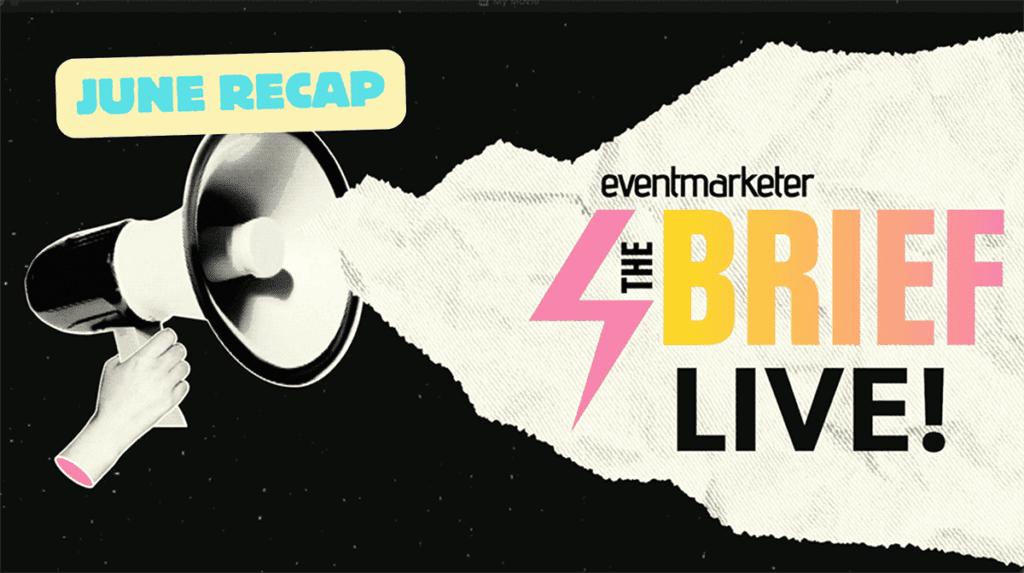
Whether you spell it guerilla marketing or guerrilla marketing (and people do spell it both ways) the concept is the same. Guerilla marketing was developed as an unconventional method of a field marketing promotion, like sampling. Typically this is unexpected for the consumer and very interactive and it’s usually a low-cost solution that yields high-impact and results. Guerilla sampling allows brands with smaller budgets to interact with their consumers face to face and larger brands have the opportunity to create unique experiences and generate buzz.
By definition, Guerilla marketing is not announced and does not seek approval from municipalities or event organizers prior to activation—going ‘Guerilla’. This is taking your brand to its consumers wherever they live, work, play or shop. Brands can activate guerilla sampling inside or outside of established special events or in other high traffic areas such as busy commuter areas, tourist attractions and basically whereever the targeted demographic might be open to this type of brand engagement.
Permission-based sampling (non-guerilla sampling) means that you have sought approval, obtained permits and paid any applicable site fees—you’ve asked for and paid for permission to be at a location or an event. Brands will pay for the right to market in an area or at an event because they want the control that comes with permission-based programs. There are advantages to both methods and the checklists below will help you determine the best approach to product sampling for your brand.
Five reasons to use guerilla marketing tactics while sampling:
1. You have a smaller budget—guerilla marketing is often less expensive as there is no need to pay site fees (site fees can range from a few hundred to several thousand dollars)
2. You want flexibility—product sampling is mobile, street teams are not confined to one area (if the crowd dies down, just move to a different area with new consumers)
3. You have a quick turnaround—less advanced notice is required as event coordinators do not need to acquire permits (permits can take several days to several weeks to acquire)
4. You want to target your competitor’s event—there is no need to worry about sponsorship activation conflicts when a competing brand has sponsorship exclusivity over an event (we saw this with the World Cup a lot. Adidas was the official sponsor and Nike was all over it.)
5. You want to surprise consumers—it’s exciting for consumers to meet face to face with brand ambassadors who they weren’t expecting to be there (engaging consumers in a fun way is a great first impression)
Five reasons to use permission-based sampling:
1. You want a secure location—street teams won’t be asked to leave (you pay for the spot and it is yours)
2. You want to have a larger set up—marketing promotions can have a more elaborate set up if they do not have to be mobile (inflatables, tents, tables, activities, etc. can all create a good consumer experience)
3. You need additional branding—opportunity for additional branding and signage as an event sponsor (banners, stage signs, pennant roping, T-shirts, local ads, etc.)
4. You need targeted sampling—the teams can sample within a specific venue or event to reach a more targeted demographic (if you’re looking for moms you are likely to find more of them at a women’s show than at a guerilla location in Times Square)
5. You need sponsorship activation—allows for sponsorship exclusivity at an event (but watch out for those guerilla street teams)
Steve Randazzo is president of Pro Motion, Inc. He can be reached at [email protected].

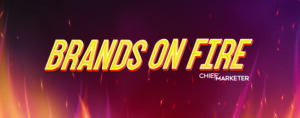
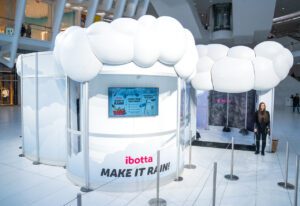
 Network
Network